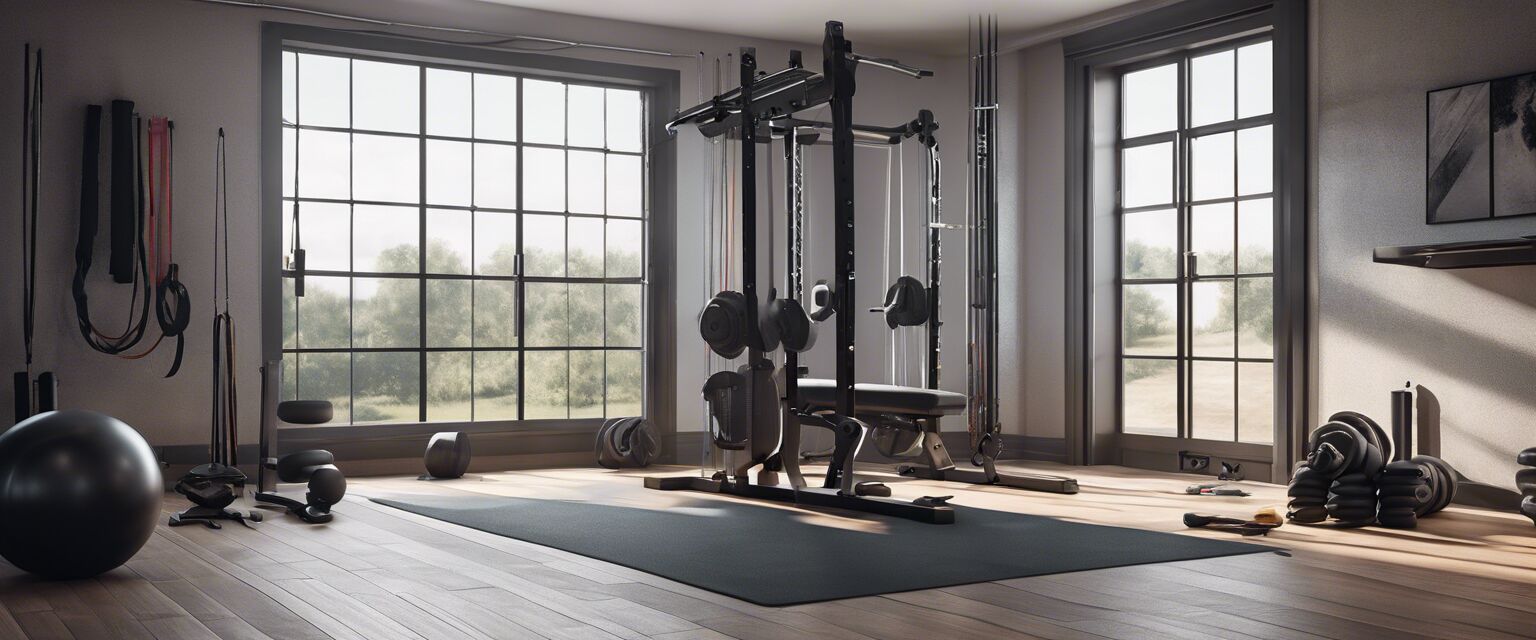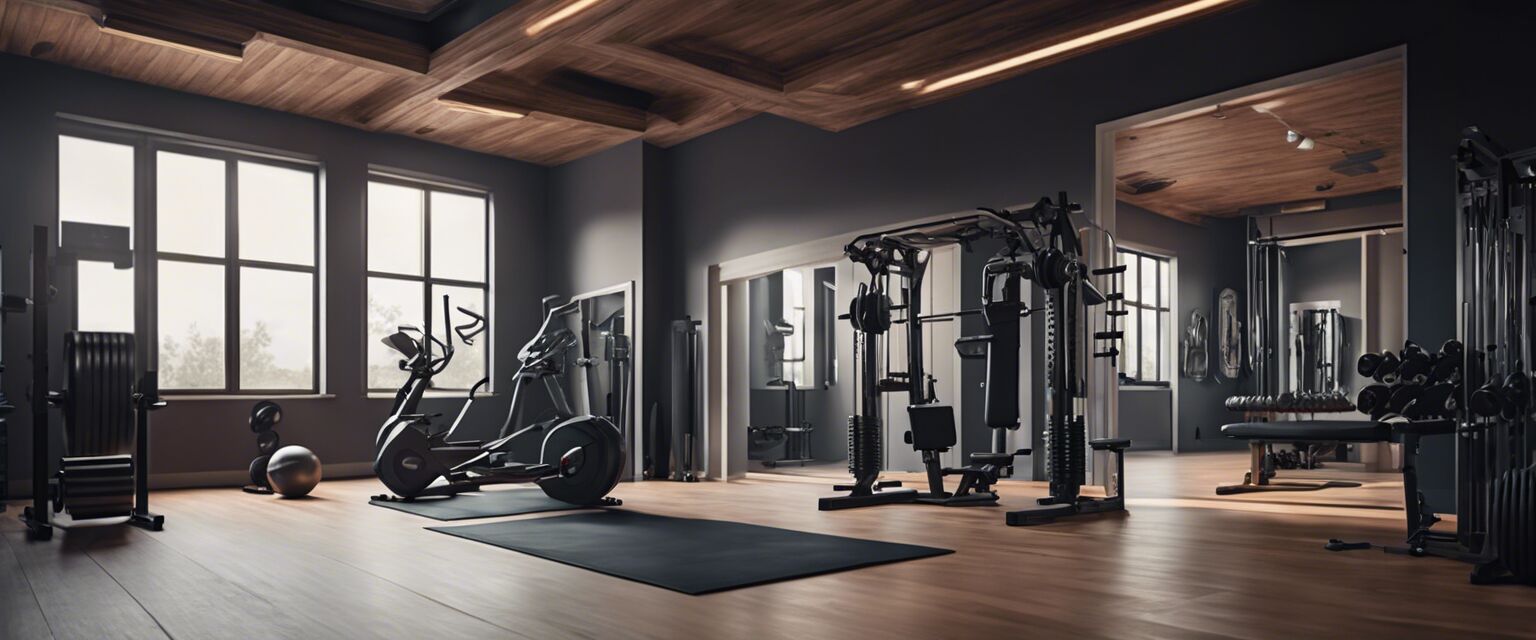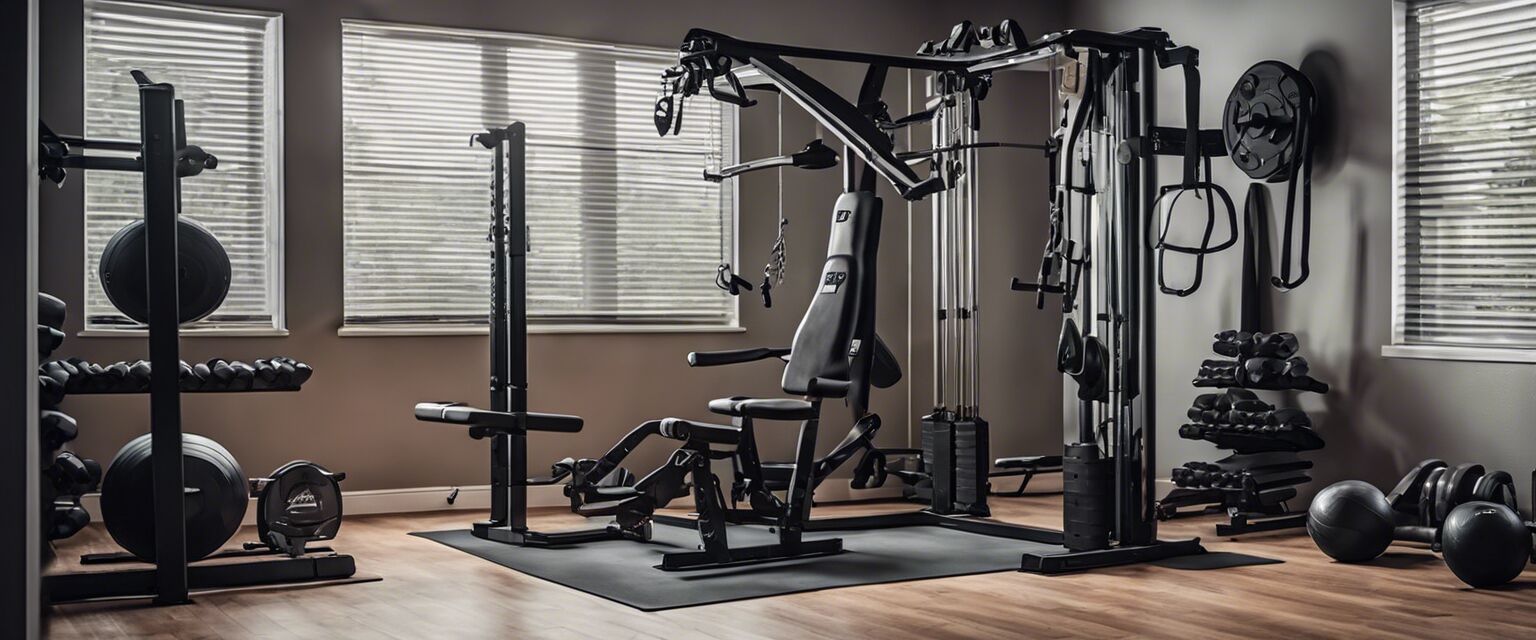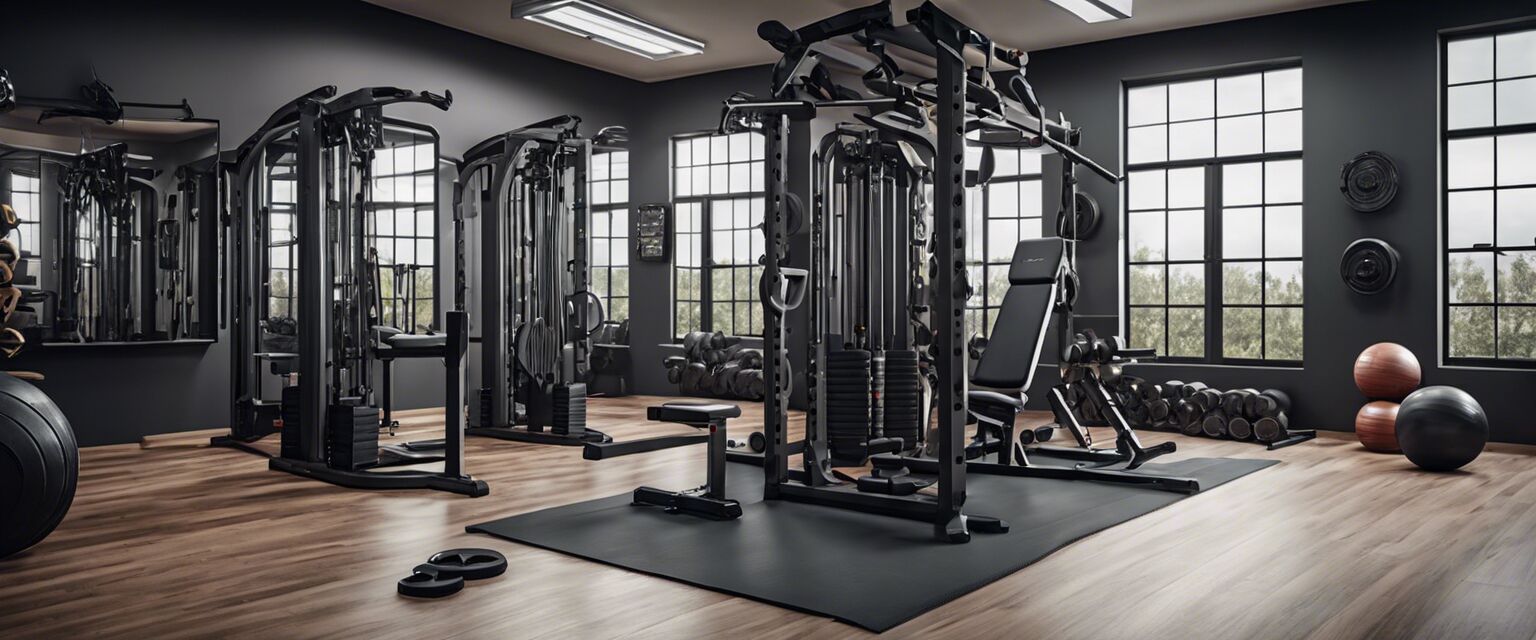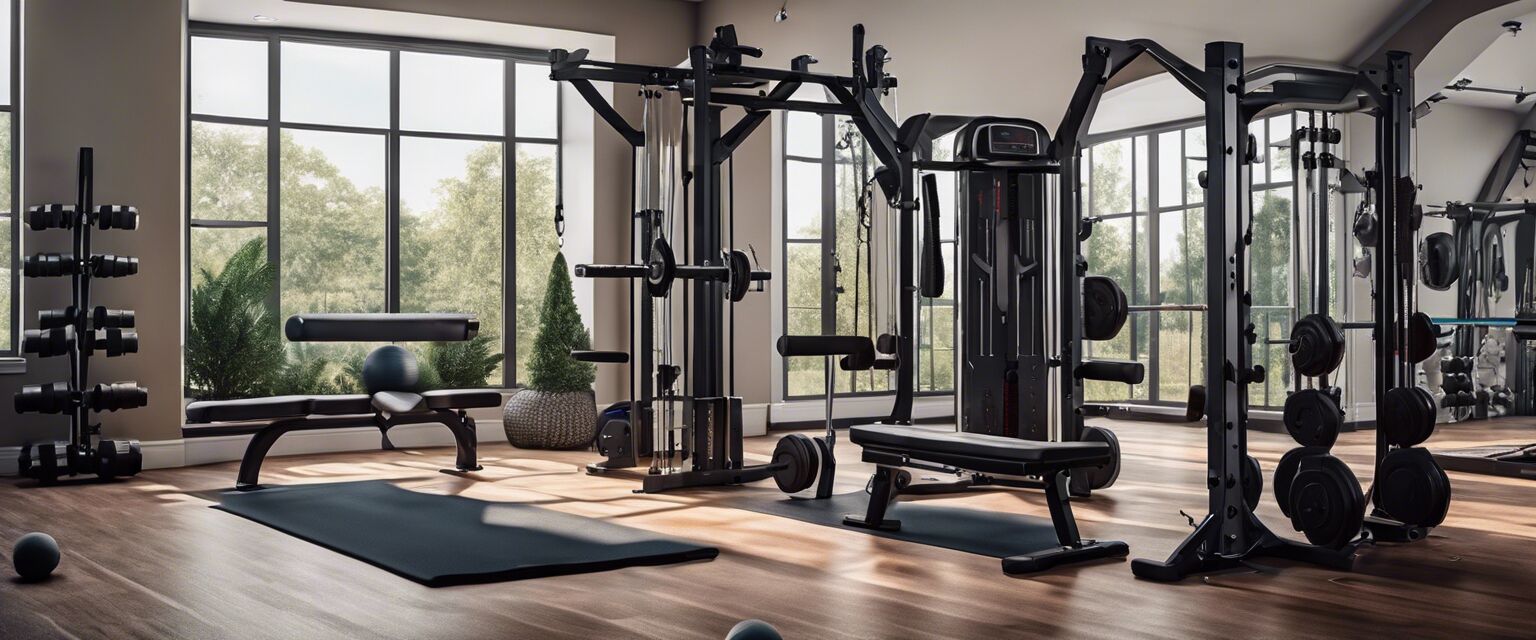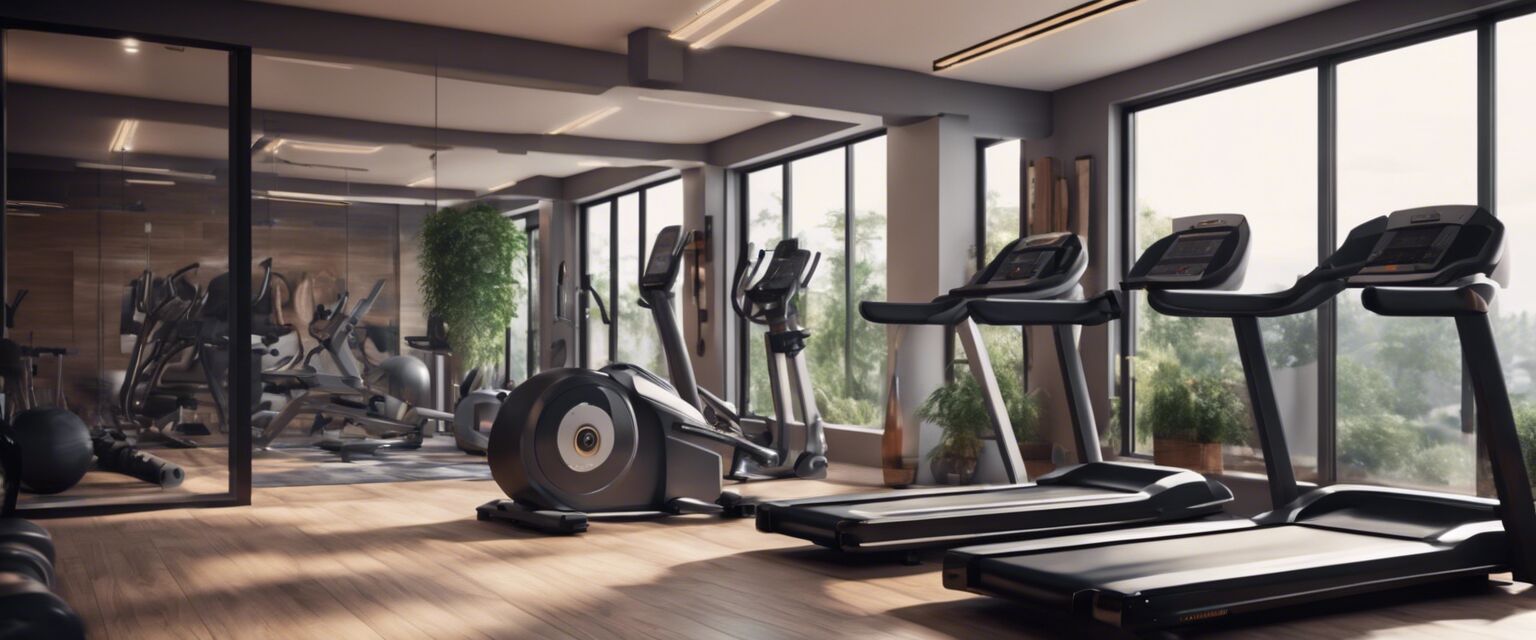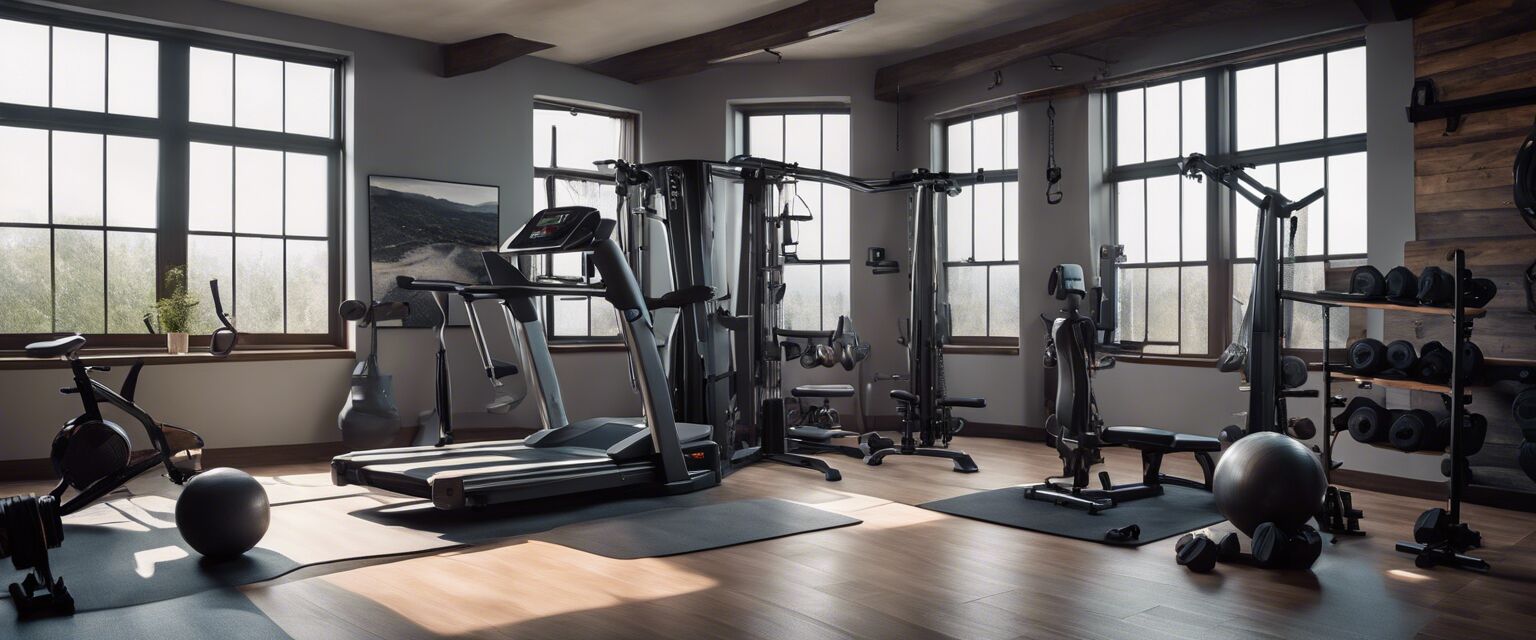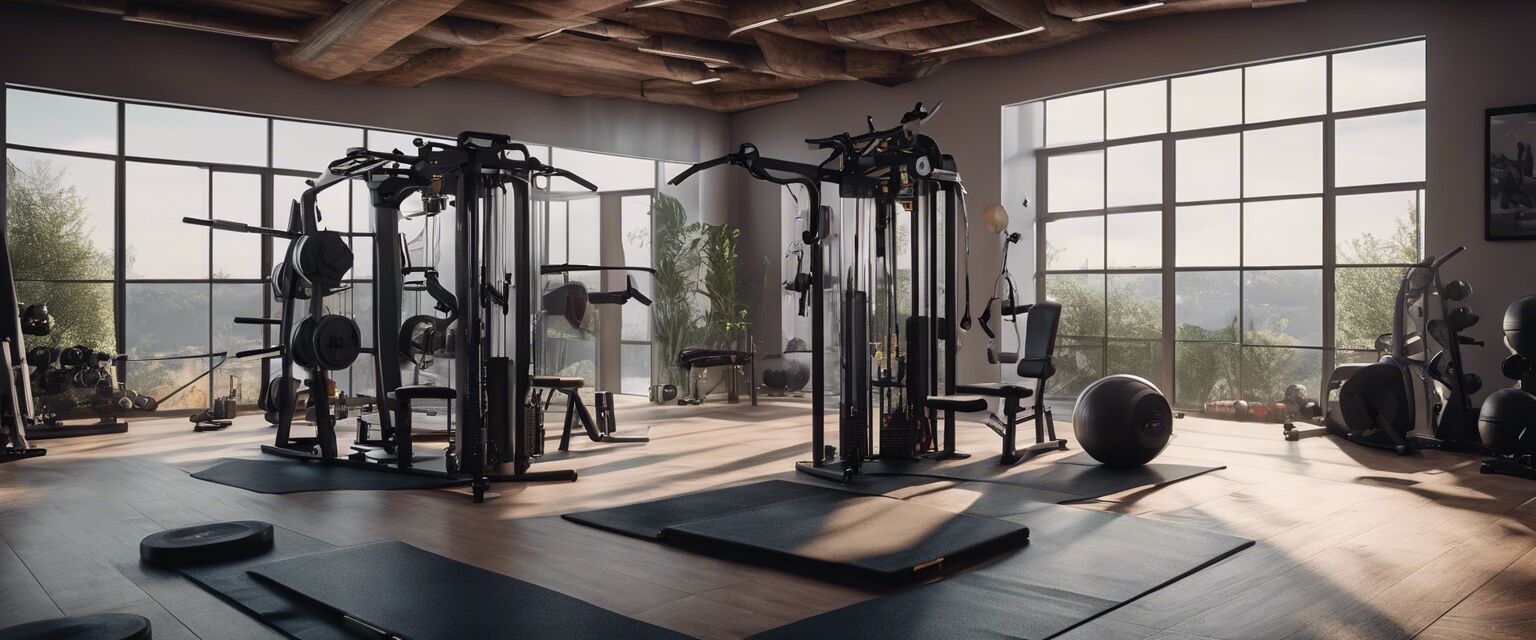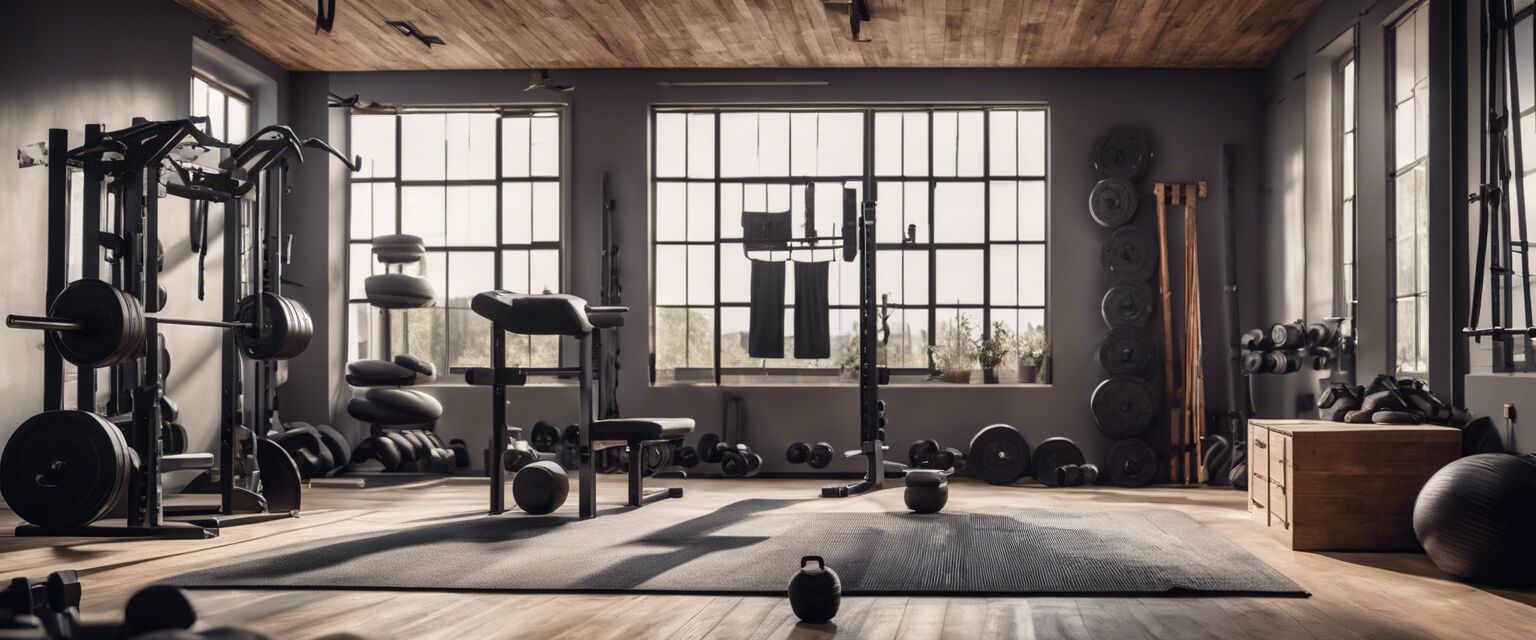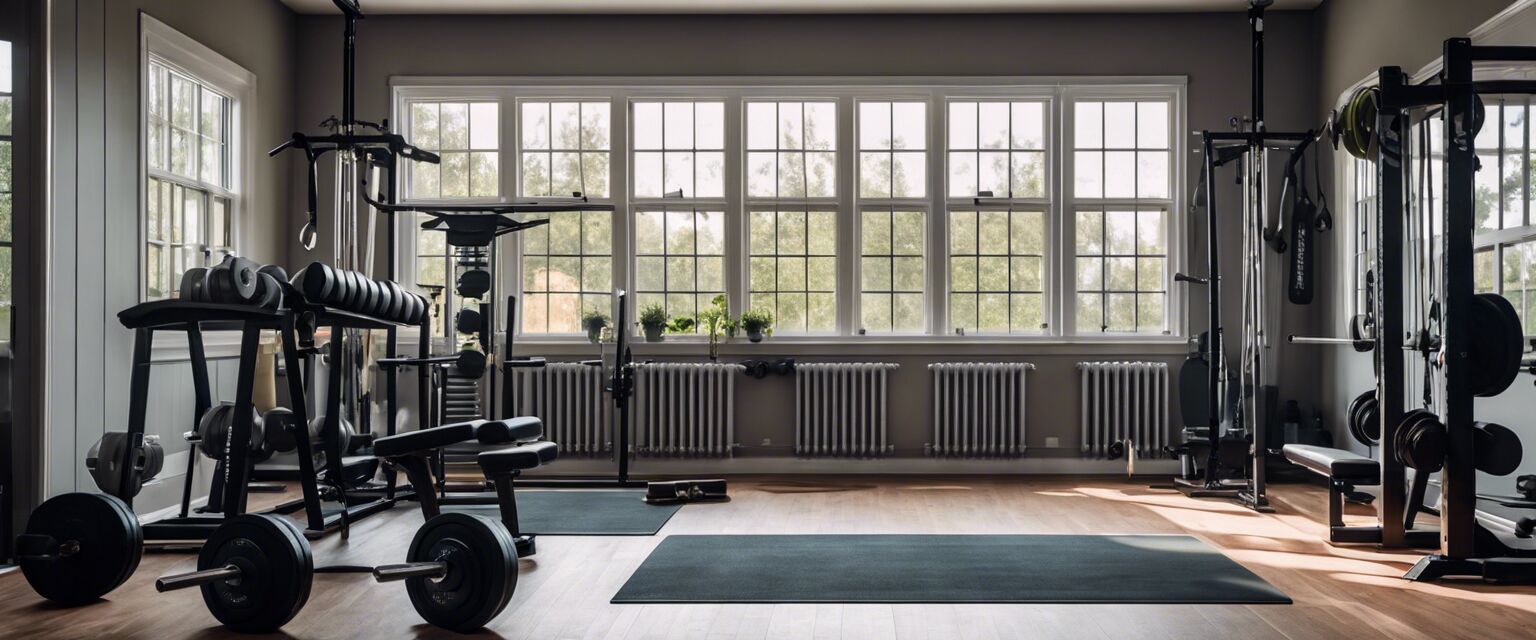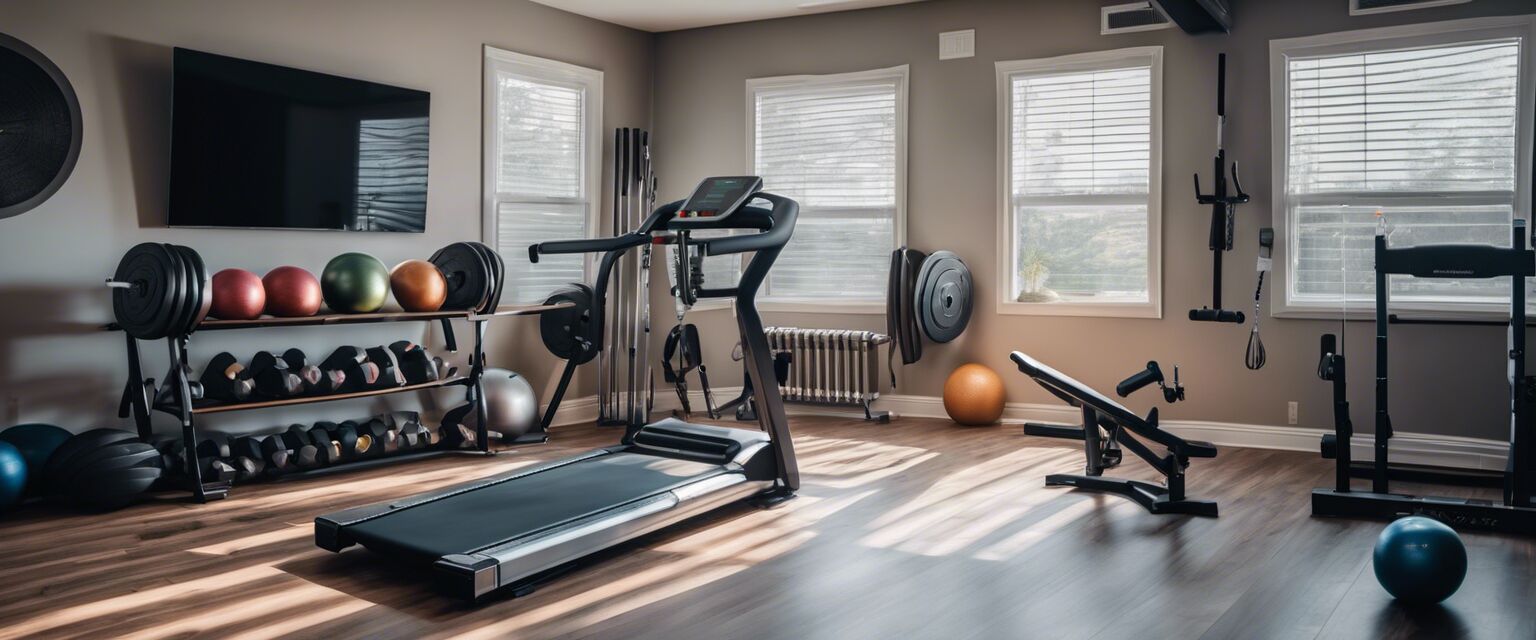
Space-Saving Equipment
Key Takeaways
- Choose versatile equipment for maximum efficiency.
- Utilize multi-functional pieces like power racks.
- Look for foldable or collapsible options.
- Incorporate storage solutions to keep your space organized.
Setting up a home gym can be challenging, especially when space is at a premium. However, with the right space-saving equipment, you can create an efficient and effective workout environment without sacrificing much-needed room. In this article, we'll explore various options that will help you maximize your workout space without feeling cramped.
Why space-saving equipment is important
In many households, dedicating an entire room to fitness isn't feasible. Space-saving equipment is designed to fit into smaller areas easily, allowing you to enjoy a full range of workouts without feeling overwhelmed by bulky machines. Choosing the right tools can make a significant difference in the functionality and flexibility of your home gym.
Best Space-Saving Equipment Options
| Equipment | Description | Storage Method |
|---|---|---|
| Dumbbells | Versatile for various exercises. | Racks or storage cases. |
| Resistance Bands | Lightweight and easy to store. | Hooks or drawers. |
| Foldable Weight Bench | Adjustable and space-efficient. | Fold and tuck away. |
| Compact Cardio Machines | Treadmills or bikes designed to be compact. | Fold or slide under furniture. |
| Power Racks | Multi-functional for strength training. | Wall-mounted or corner storage. |
Incorporating storage solutions
Effective storage solutions enhance functionality in a small gym. Here are some ideas to keep your space organized:
Beginner's Tips for Organization
- Use wall-mounted racks to keep equipment off the floor.
- Designate a specific area for equipment storage.
- Utilize bins or baskets for small accessories.
- Label your storage areas for easy access.
Creating a functional layout
The setup of your gym layout greatly affects its usability. Follow these essential steps:
- Identify the best use of available space.
- Arrange your equipment based on your workout patterns.
- Ensure adequate space for movement and safety.
- Incorporate mirrors to enhance visual space.
- Consider flooring options that absorb sound and impact.
Pros and Cons of Space-Saving Equipment
Pros
- Maximizes small spaces.
- Increases workout versatility.
- Easy to store and transport.
- Affordable options available.
Cons
- May sacrifice sturdiness for size.
- Limited weight capacity for some equipment.
- Less specialized for specific workouts.
Image Inspiration for Your Home Gym
Visualizing your home gym setup can help you imagine the arrangement and equipment you need. Hereâs a simple idea to consider:
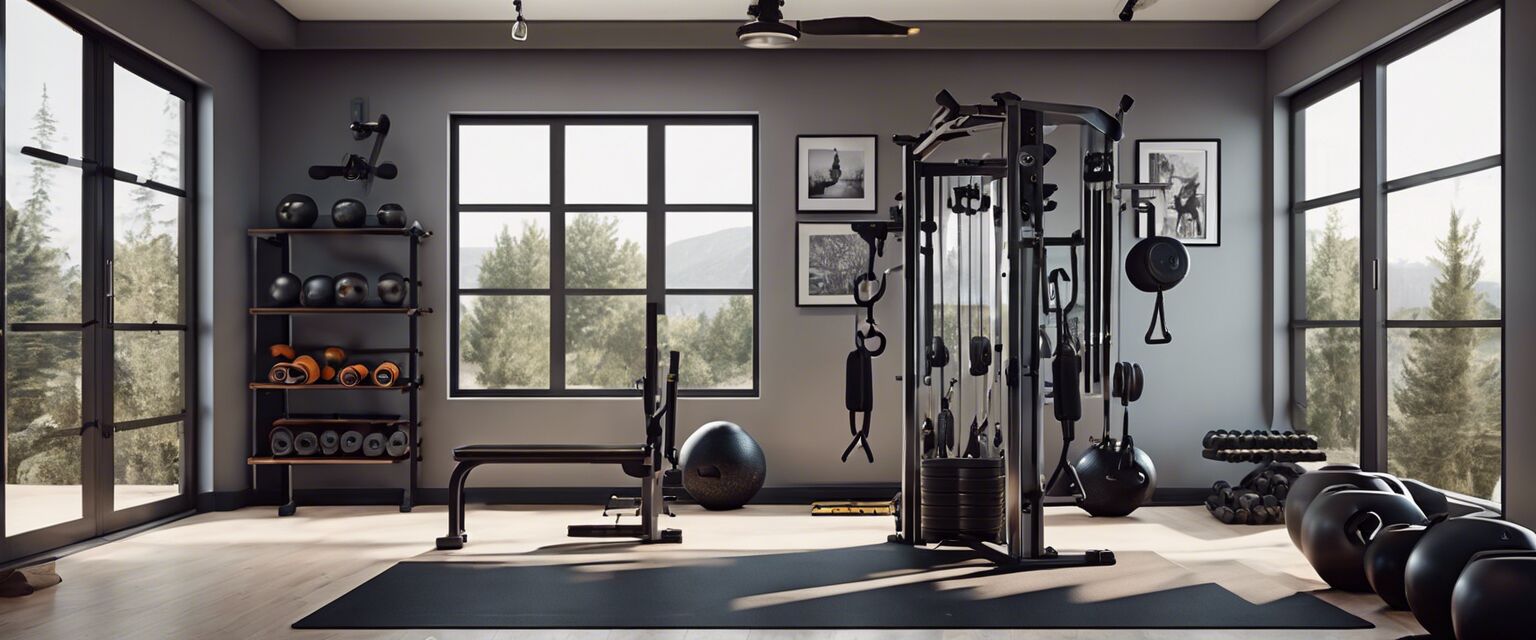
Conclusion
When looking to create or improve a home gym with minimal space, selecting the right equipment is key. Equip yourself with versatile, multi-functional, and compact tools to make the most of your limited space while still meeting your fitness goals.
For more information about equipment categories, check out our resources on barbells & plates, cardio machines, dumbbells & kettlebells, power racks & cages, and weight benches.
Final Tips for Your Home Gym Setup
Effective Tips for Small Spaces
- Invest in furniture that can double as storage.
- Optimize vertical space with shelving and hooks.
- Always put equipment back to maintain clean space.
- Rotate equipment regularly to track workouts effectively.
